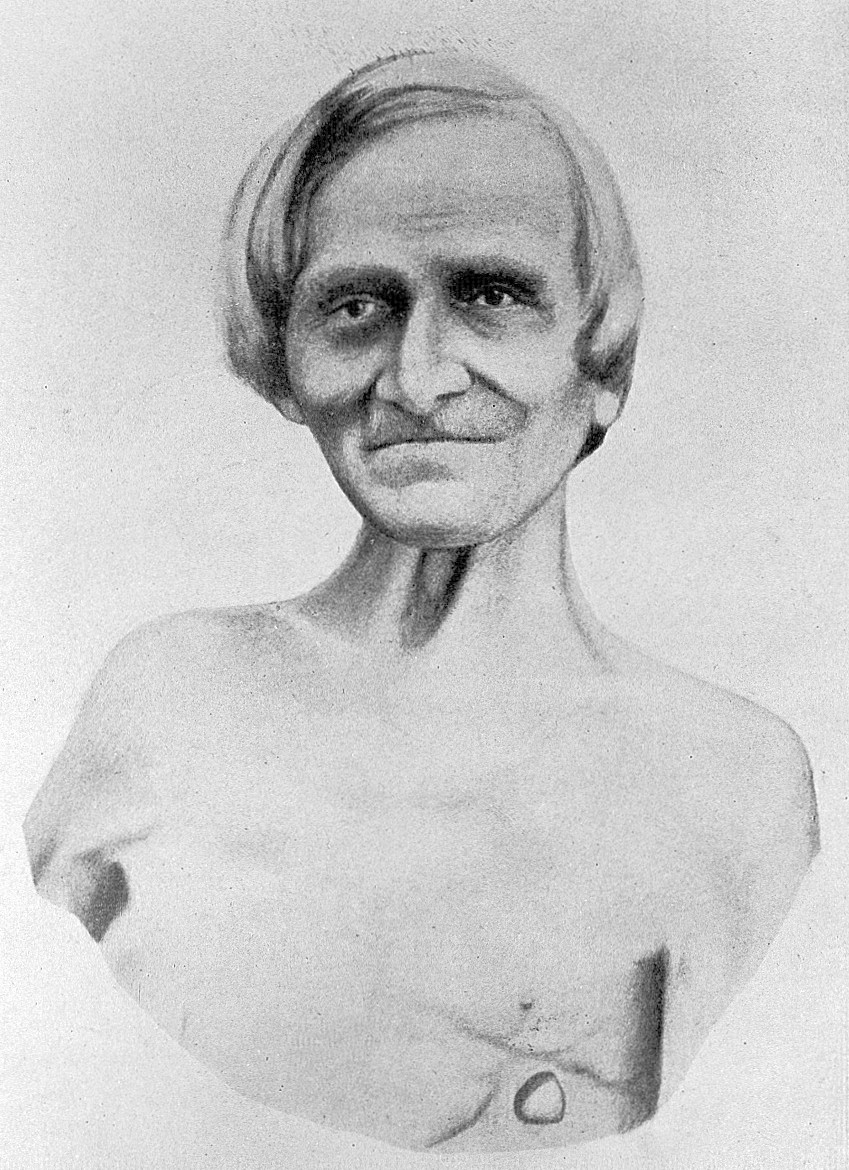A Shot That Changed Medical History
On June 6, 1822, 20-year-old Alexis St-Martin was accidentally shot at close range with a musket on Mackinac Island. The blast tore through his side and into his stomach. Against expectations, he survived—but his wound never fully closed. It left a hole that opened directly into his stomach, creating a permanent gastric fistula. This rare condition caught the attention of U.S. Army surgeon William Beaumont, who saw in it an unprecedented opportunity.
Experiments Through a Living Portal
Beaumont began experimenting by inserting food tied to strings through the hole in St-Martin’s abdomen. He observed digestion in real time, removing the samples periodically to document the breakdown process. Between 1822 and 1833, Beaumont conducted roughly 200 experiments. These revealed how gastric juices worked, confirmed the presence of hydrochloric acid in the stomach, and showed that digestion involved muscular churning.
Contract, Not Consent
St-Martin, an illiterate laborer, had signed a contract making him Beaumont’s servant. While he performed chores like chopping wood, he also endured painful tests. Some involved bags of food left in his stomach that caused him discomfort.
Final Years and Burial Fears
St-Martin died in 1880. Fearing dissection, his family delayed burial until his body decayed. He now rests in Joliette, Quebec.

